"It's too hard to exhale." "I feel like I'm being smothered." These are common statements I hear in the Sleep Center from patients new to CPAP or any xPAP. Let me tell you it is normal to feel that way at first.


So, why is it more difficult to exhale? What is happening is you are breathing against a predetermined pressure. When you breathe against the pressure, it increases the air pressure in your airway. When that happens, your airway blows up like a balloon, but not as drastically of course. It opens your airway just enough to allow the free flow of air. This is called Positive Pressure Support. Some refer to this as an air splint also.
If you look at the diagrams above, note the airway is closed off in certain places. This is what happens when somebody is snoring or even worse, having an apnea or hypopnea. With xPAP therapy, doctors have found a way to keep the airway open, or supported, in order to allow air to flow, back and forth, freely.
Take a look at the diagram below. It shows an open airway. The Positive Air Pressure gently forced the tissue apart that was "clogging" or obstructing the airway.

Enough with the mechanics. How is somebody supposed to tolerate xPAP in order benefit from the therapy? When somebody is learning how to ride a bike, training wheels come in handy. Luckily, xPAP machine manufacturers have some training wheels of their own! These are in the form of ramps and pressure relief technology.
Ramping is a feature that most machines have these days. The ramp is usually activated by a button press or even automatically when the machine is turned on. Once the ramp is initiated, the xPAP machine turns itself down to a lower, more comfortable pressure for the user. At that point, the machine gradually increases pressure. After a predetermined time, usually 5 to 20 minutes, the machine reaches the prescribed pressure. Another popular "training wheel" is pressure relief technologies.
Different companies call their pressure relief technologies different names. Respironics has the Flex technologies in the form of CFlex, BiFlex, and AFlex. Resmed calls their's EPR for Expiratory Pressure Relief. They all do basically the same thing. When the xPAP machine senses you exhaling, it lowers the pressure for a quick instant in order for you to start your exhalation breath. It gives you the feeling of a "softer" exhale. For more information on these technologies, take a look at the topics I posted about them on this blog site in June 2010.
In conclusion, researchers and manufacturers are working diligently in order to make xPAP more tolerable and easier to use. If you are having a hard time with xPAP, give these features a try. It makes it easier to transition into a life with PAP therapy. It did for me.
Just like training wheels on a bicycle, you won't need ramps and pressure relief after you learn "to ride". Surprisingly enough, many people turn these features off once they got used to PAP therapy. I did.
Once again, feel free to comment or question. Take a spin around the Internet for more info. Thanks for surfing by here! I am starting to suggest some sites. Look near the upper right of the page of some sites I listed or look around on the page...there are plenty of places to go! Happy Open Airway Breathing!
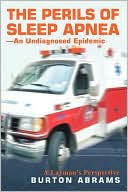



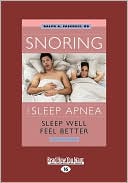

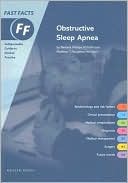

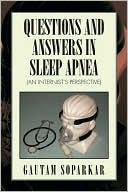
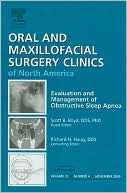
i have used cpap for more than 10 years and still cannot exhale without forced effort,and can't fall asleep.i did get used to it for a long while but the last 6 months or so i have noticed it tell i cant so unless i am totally exhausted or without knowing remove the mask. why? it's driving me crazy!!
ReplyDeleteI've been using a cpap (ResMed AirSense 10) for about a week now. I find I'm "almost" used to it, BUT the most difficult part getting used to for me is the exhaling. I find I am not exhaling completely. I use a nasal mask, as I could not tolerate a full face mask. I know I'm not exhaling completely because after having the unit on for a few minutes, I "test" this by breathing normal, then on one of my exhales when I reach the point where my exhale ends (through my nose and the mask), I open my mouth and find I still have about a second or two of air left in my lungs in which I exhale through my mouth. I hope this makes sense, I'm not the best at explaining. My question is, if this continues throughout the night, and I'm not completely exhaling for hours on end, can this be doing more harm than good?
ReplyDeleteThank you.
I could exhale fine until the pressure went over 10.5 or so. I have given up on the cpap because of this. Now I just use an oximeter with an alarm set to go off when my level goes down to 92.
ReplyDelete